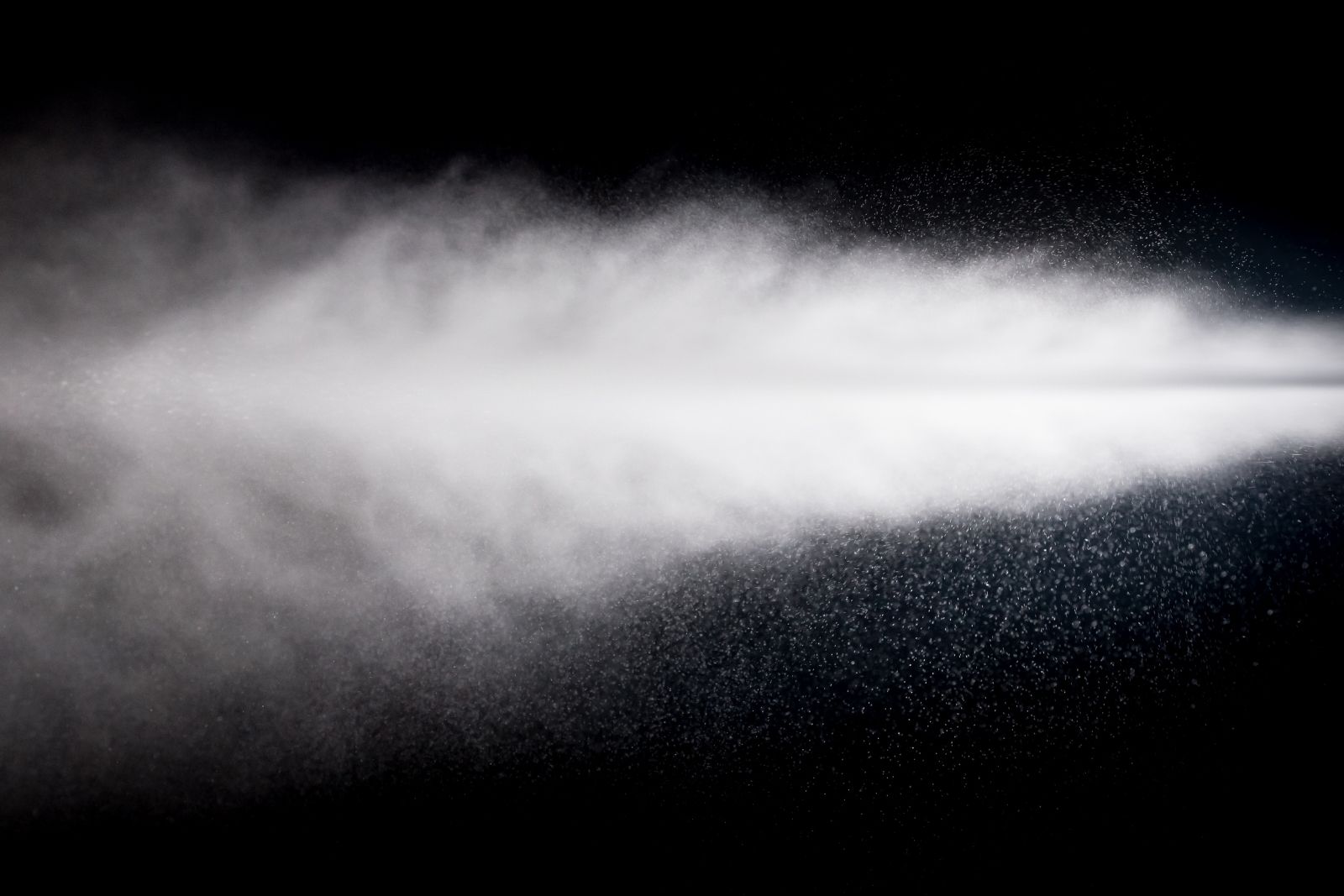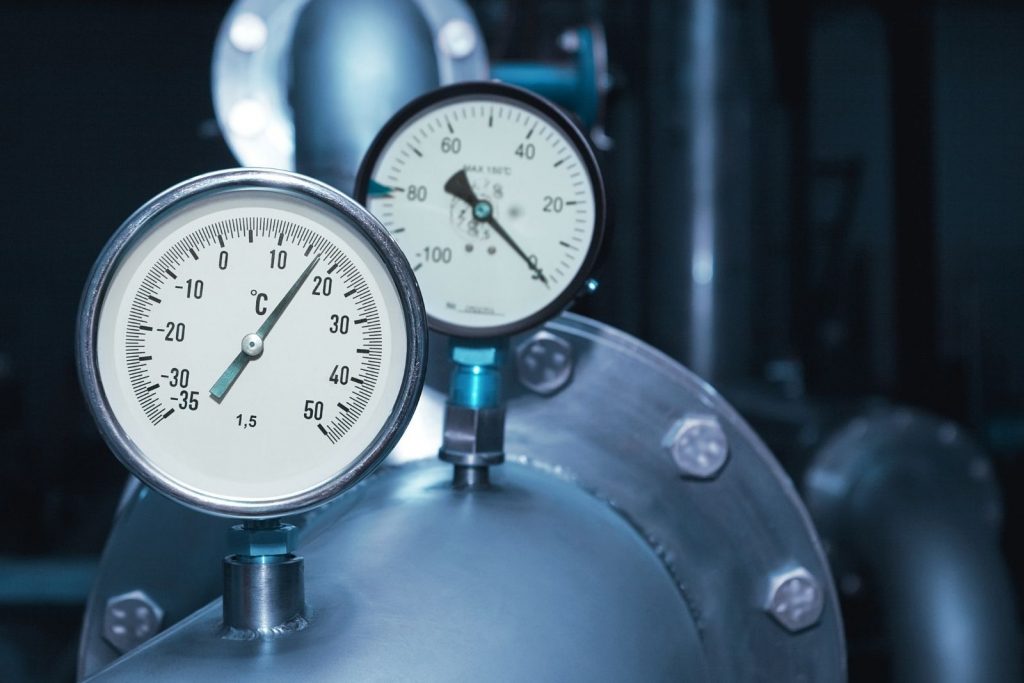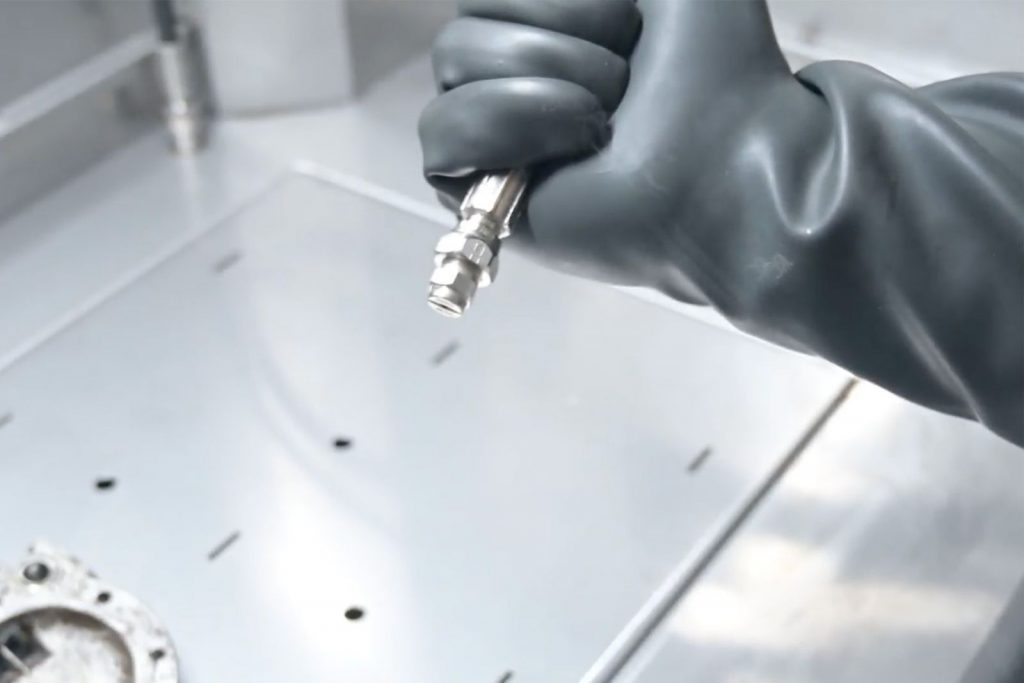
Flow rate on high pressure pumps
The flow rate of pressure pumps is a parameter that is often underestimated: a machine with high pressure but low flow rate does not generate satisfactory results. Knowing this feature better means not only better understanding the operation of the pumps, but also knowing what measurement meters are to be taken into consideration when purchasing a product that best meets our needs.
Table of contents
1. Flow rate: an underestimated parameter
In the last 10 years, the use of high-pressure manual equipment for cleaning mechanical parts has been increasingly widespread within companies in the maintenance, garage and automotive sectors. Thanks to their power and ease of use, these equipment are replacing the classic manual brush washing cleaners. At the same time, however, confusion about the characteristics that indicate the quality of these products has also increased. Often the customer pays more attention and importance to the pump’s expression pressure parameter to the detriment of its construction, reliability and flow rate. What is not known is that in these cases the pressure of the equipment is not as relevant as the flow rate thanks to which an effective and thorough cleaning is achieved.
2. Flow and Pressure

The flow rate is the quantity expressed in volume that flows through a section of the duct in the unit of time. Simply said, it is the amount of liquid pumped in a unit of time. It is usually described in liters / minute, which is the volume of liquid pushed by the machine in a time segment.
The pressure, on the other hand, expresses the force of the thrust with which the fluid escapes. With high pressure, the output power of the liquid increases, therefore it serves to eliminate abrasive encrustations (for example those in the building sector), while with a higher flow rate, excellent results are obtained in dealing with heavy, oily and agglomerated dirt, such as found in the maintenance, automotive garages, etc. sectors, where impact energy is essential.
A higher flow rate reduces cleaning time. Consequently, a machine with high pressure but with inadequate or low flow rate would be ineffective.
3. How does a high pressure pump work?
The pump operates in two distinct phases, suction and compression.
- Suction occurs when the piston retracts, allowing water (with normal operating pressure) to enter the cylinder by opening the respective inlet valve;
- Compression is the next phase, when the piston pushes the water contained in the cylinder, it forces the inlet valve to close and the outlet valve to open at the same time.
4. Geicos washing parts equipment

Like all parts of the GEICOS Group equipment, the pressure pumps, as well as being built in AISI 304 stainless steel, comply with all EU regulations regarding safety, with micro devices, watertight closure, earthing etc. The parts washing machine pumps have been designed with an adequately balanced pressure and flow rate in order to be inserted as effective tools within a production process.
The pumps installed in the equipment of the Geicos High Pressure range are diaphragm motor pumps with a flow rate of 20 l / m, more than double compared to the classic piston pumps (normally they are between 7 and 10 l / m). The capacity confers greater impact power on the bars expressed by the machine.
A common piston pump of 60,100 or even 130 bar has a flow rate of 7 l / m, it is like a stream with a steep slope. It scrolls very quickly but allows you to wade without major problems. The impact surface (on the piece to be washed) will therefore be very small and will be washed with great force but with little liquid.
The Ex2.A diaphragm pump (Geicos pump) has 40 bar with a flow rate of 20 l / m. and it is like a river in flood: it runs fast but with a greater quantity of water, like a river with a very strong current that cannot be forded. The impact surface then (the piece to be washed) will be much larger and will be washed with a lot of liquid available.

Therefore, to increase and guarantee the cleaning efficiency of these equipments, we have implemented a resistance to the integrated High Pressure tank that heats the washing liquid at a controlled temperature. In this way the heated liquid will facilitate and make more effective the combined action of flow rate and pressure. Professional equipment must have a minimum flow rate of 10 l / m.
5. Efficiency and cleaning
The flow rate is a fundamental parameter to be taken into consideration when buying fire engines for washing metal parts: it has the role of eliminating dirt with greater force. The flow rate and pressure are parameters that must be taken into consideration based on the application needs of the equipment.
We therefore understood that the flow rate value is more important than the pressure value. The greater the amount of water emitted, the greater the cleaning effectiveness, the washing incisiveness and the ability to remove dirt.